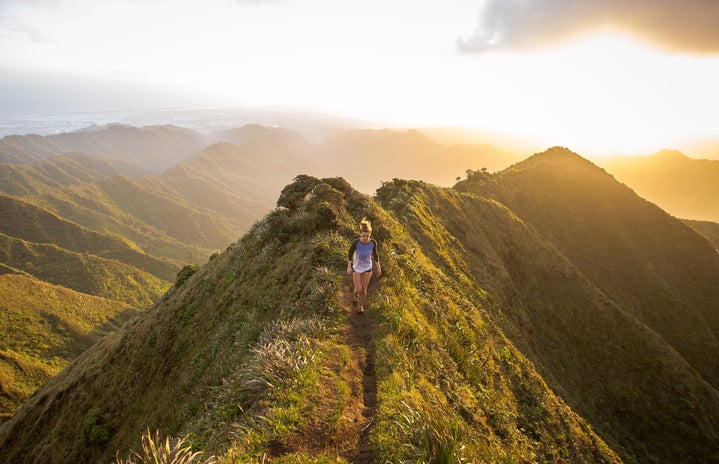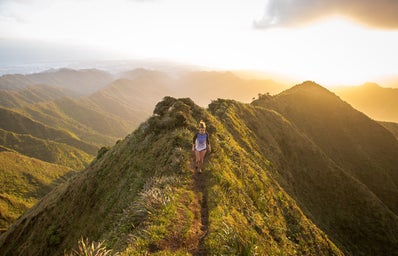At roughly halfway through the semester and one full year into a global crisis, many college students are beginning to feel some severe effects of burnout, the exhaustion that comes with prolonged periods of stress.
This is only exaggerated by the lack of resting time provided by schools. Like many colleges, George Mason’s spring break was canceled to dissuade students from traveling or gathering in large groups which may contribute to a further spread of the virus. While some colleges replaced this break with “wellness days” throughout the semester, that’s not always the case.
For me, having classes online really exaggerated the effects of burnout. While lagging a little at the midway point in the semester is typical, I found that having classes, meetings, and study sessions all online was wearing down on my mental health. It felt like every day was the same cycle of waking up, looking at a screen, staying indoors, and doing it all over again the next day. And while this was unhealthy and exhausting, I still valued being responsible about the pandemic too much to want to go out more than was absolutely necessary.
One of the most typical remedies to burnout is to exercise more – the endorphins that develop with frequent exercise, combined with the routine and activity of it, can reduce the negative symptoms associated with stress and help get you out of a funk. When it comes to burnout, however, I always found the exercise suggestion to be irritating and tone-deaf. When it’s a busy schedule and the lack of a break is what’s causing the stress, being told that the solution is to carve out time in your already packed day to go for a run or practice yoga just piles on to the stress, and gyms were yet another place I felt irresponsible going to.
It just made working out feel like another bullet on a too-long to-do list – and an undesirable one at that.
But what has really begun to help me shake off the burnout and the seasonal depression is hiking. While researching some COVID-friendly ways to get out of the house, I realized how nearby GMU is to Great Falls National Park, and so I made the drive to check it out. Quickly enough it became a favorite pastime of mine, and the benefits have far exceeded what I expected them to.
For one, it gives me a reason to get outside and see the sun whenever I can. Beyond just breaking the Zoom routine, exposure to the outdoors has a myriad of benefits for physical and mental health.
It also comes with an extra meditative quality that lots of forms of exercise lack for me. I’ll admit I’ve never understood what people meant when they talk about a “runner’s high”, and being in the gym just makes me self-conscious, but hiking just feels like exploring. Looking at the local scenery, experiencing a little piece of the natural world and just getting to appreciate the world outside my apartment for an hour or two brings a sense of peace that I have yet to find anywhere else.
Rather than exercising for the sake of it, in a chore-like fashion, hiking felt like a little adventure. I can explore a park and try something new. With just a few hours, I get to get out of the house, do something exciting to break up my routine, and still reap the benefits of exercise without feeling so much pressure.
Even if you don’t have the benefit of living within driving distance of a national park, it might be worthwhile to take a break from your routine to get outdoors. Changing up the scenery and checking out a local park or nearby trail could be a helpful tool in combating burnout in a healthy and COVID-safe way.



